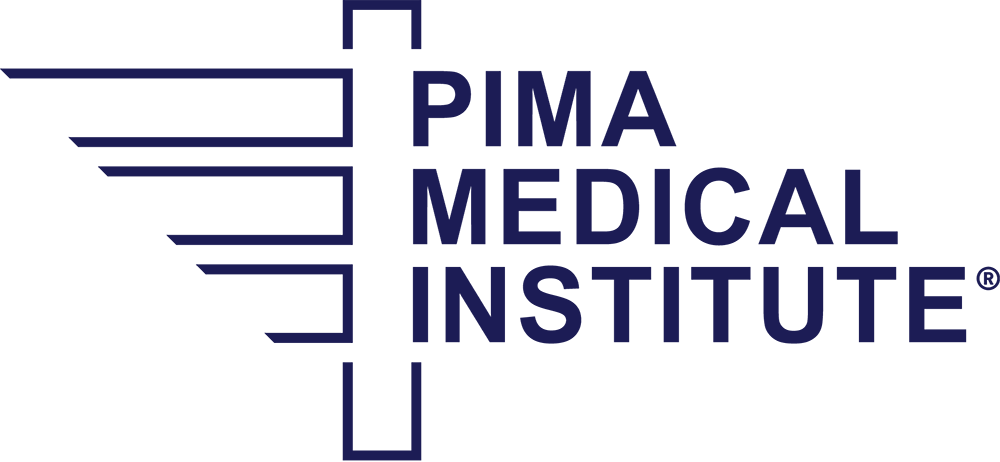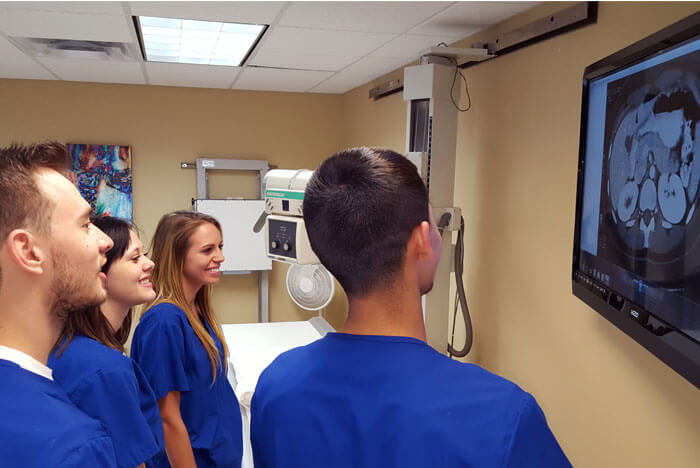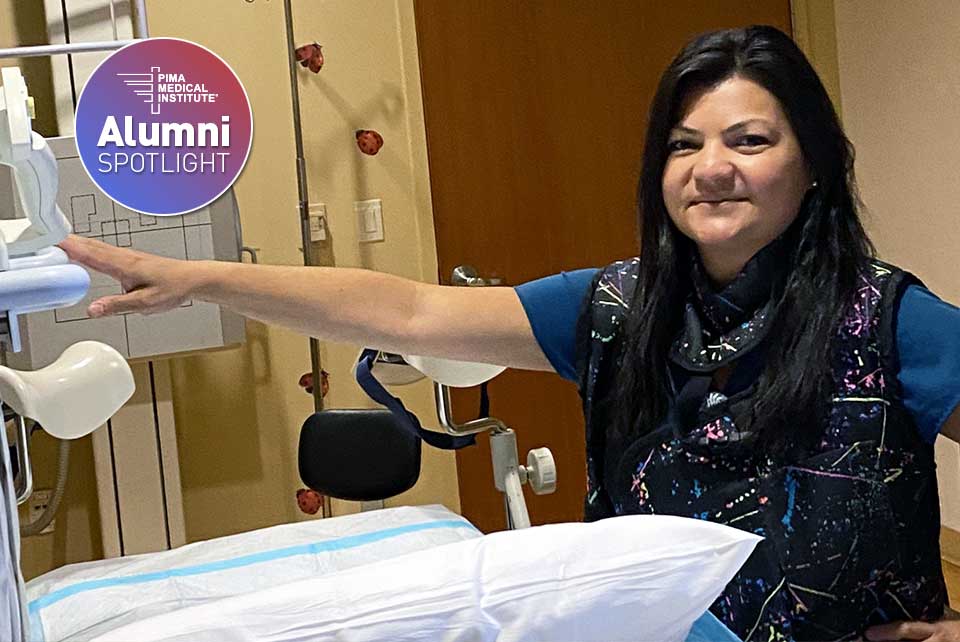Both radiologists and radiographers play important roles in the healthcare system. And, while each career path deals with issues regarding patient diagnostics and testing, radiologists are generally doctors trained to read and interpret imaging scans, while radiographers are medical technicians who perform diagnostics imaging tests.
Radiologists usually do not perform the imaging tests. Instead, they review and interpret the scans to aid in making a diagnosis. To become a radiologist, you will need to earn an undergraduate degree, attend medical school and complete a residency in radiology.
As a radiographer, you have a different role in the world of medical imaging. Radiographers do not interpret results or make a diagnosis. Instead, they are the healthcare professionals who performs the imaging scans. As a radiographer, you will operate various types of equipment and scan devices, as well as assist patients through the process to ensure the creation of quality images.
To become a radiographer, you do not need a lengthy educational path. Instead, you could be ready to work in your field in as little as two years with an associate degree from an accredited college or university like Pima Medical Institute. Once you have graduated, you will be eligible to sit for the American Registry of Radiologic Technologists – Radiography Exam.
If you’re a limited-scope radiologic professional, Pima Medical can also help you work toward career advancement with a Radiography – Bridge program. This program is ideal to help you continue your education and earn your American Registry of Radiologic Technologists (ARRT) certification.
The Radiography – Bridge associate degree is 100% online for those who are already a licensed, limited-scope radiographer, military trained, or foreign educated in radiography and want to expand their knowledge and career opportunities.
Graduates will be eligible to apply to take the radiography certification exam offered by the ARRT and transition from a career as a limited-scope to a full-scope radiologic technologist.
So, while radiographers and radiologists are different, they depend on one another every day. Radiologists and radiographers work together to provide quality scans so they can interpret the results. They both must have an understanding of what different scans are used for and keep patient safety in mind.
If you’re ready to take the first step in your career in radiography, we are here to help you get started.



